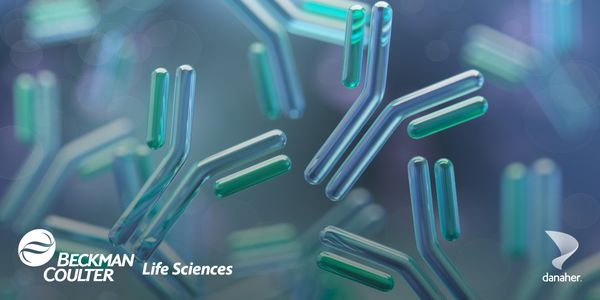Dissecting the diagnostic yield of exome sequencing
Technological advances in high throughput, low cost DNA sequencing coupled with the availability of a high quality reference assembly allow us to interrogate the genome with greater precision than ever before. Together with increased understanding of the genetic underpinnings of disease, these advances mean our success rate in diagnosing genetic disease is increasing; yet the diagnostic yield of WGS/WES is only 25-50%. Improving this requires reexamination of the entire process, including assay development, bioinformatics analysis approaches as well as processes for robustly associating variants with disease. Assay development is critical as no single sequencing method can identify the spectrum of variant types nor can they access all regions of the genome equally. This becomes even more critical when testing for diseases that deviate from Mendelian expectations, such as cancer or diseases arising from somatic mosaicism. We are also learning that the reference assembly itself can have an impact on variant identification and interpretation. Our early, simplistic assembly models are insufficient for robust genome analysis and we must develop new models and analysis paradigms. Release of the latest reference assembly, GRCh38, is allowing us to identify several thousand variants calls that may actually be false positives due to missing sequence in GRCh37. This list includes pathogenic variants in ClinVar. Lastly, processes for understanding how detected variants may contribute to a particular disorder must be examined. Every person carries approximately 100 seemingly damaging variants, most of which do not contribute to rare disease. Clinical labs rely heavily on integrating large datasets from diverse resources such as the primary literature, OMIM, ClinVar, the 1000 Genomes project and the Exome aggregation browser. This integration is complicated by several factors, including inconsistent variant representation standards between the clinical and research community. Learning objectives: 1. The learner shall be able distinguish between different testing assays and understand how to evaluate assay performance. 2. The learner shall be able to describe how differences between the reference assembly and tested sample can affect variant identification.






